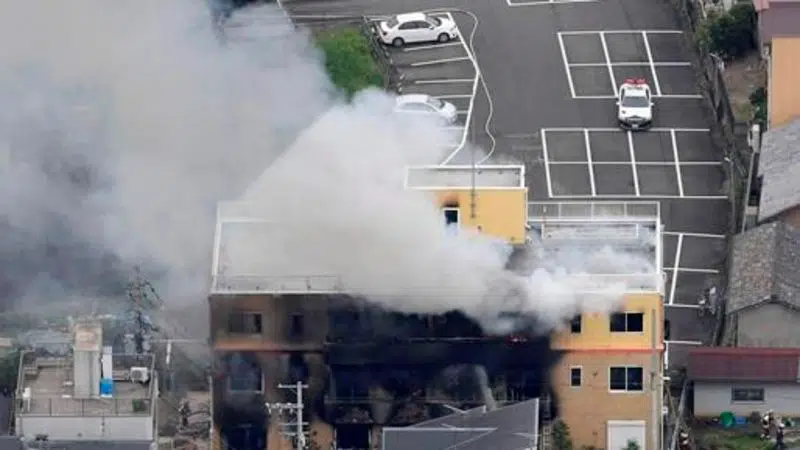
Anime studio hit by deadly fire is known for skill, fan base
TOKYO — It may not be as famous as Japanese anime legend Studio Ghibli, but Kyoto Animation has many core fans and is known as a team of skilled animators that provides top-quality work for others and can produce its own hits, such as “Lucky Star,” ”K-On!” and the “Haruhi Suzumiya” series.
The company hit by a deadly fire on Thursday also has a unique founding history.
The company was started in 1981 by a former animator who recruited housewives from her neighbourhood in Uji city south of Kyoto, where she married and moved from Tokyo, the centre of the animation industry.
Yoko Hatta previously had worked at Mushi Production, a studio for the works of anime legend Osamu Tezuka, who created Astro Boy and Kimba the White Lion.


